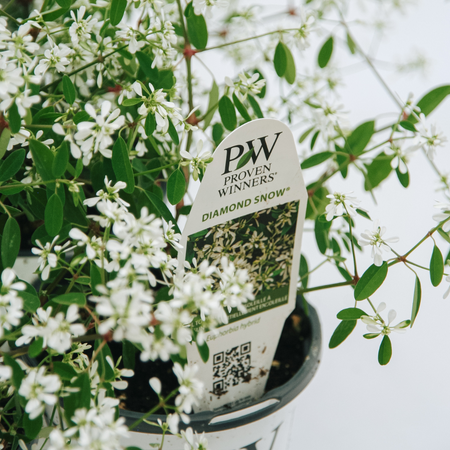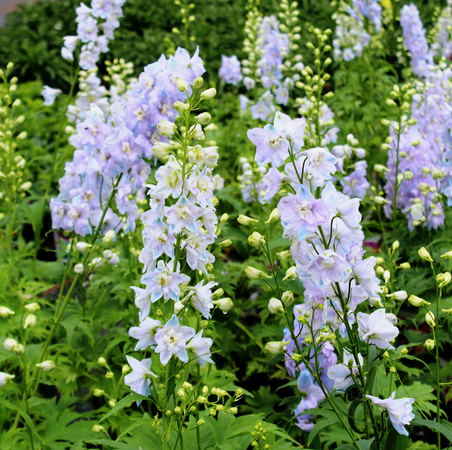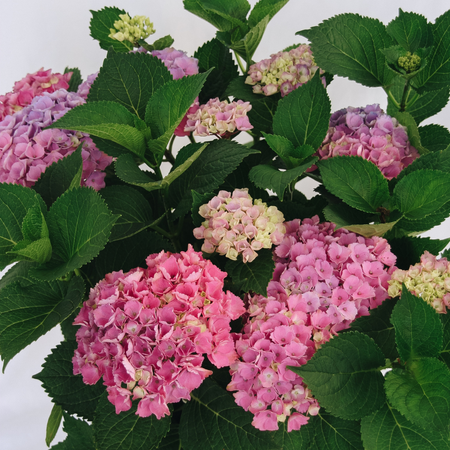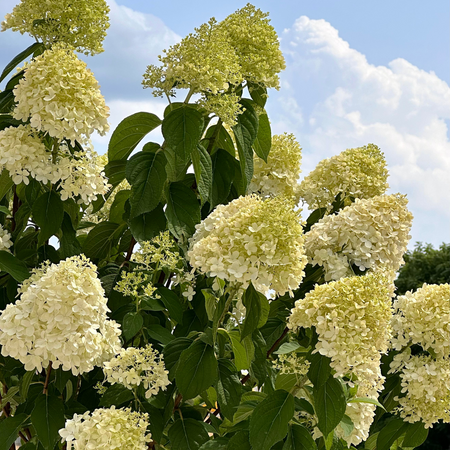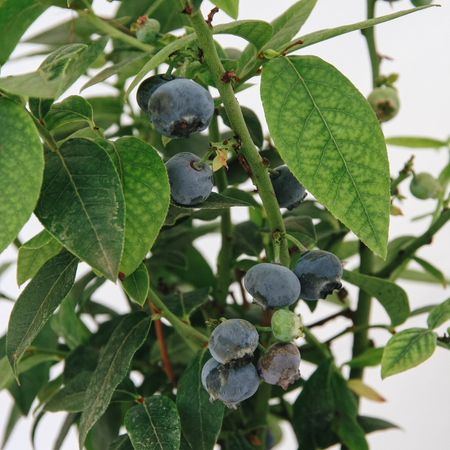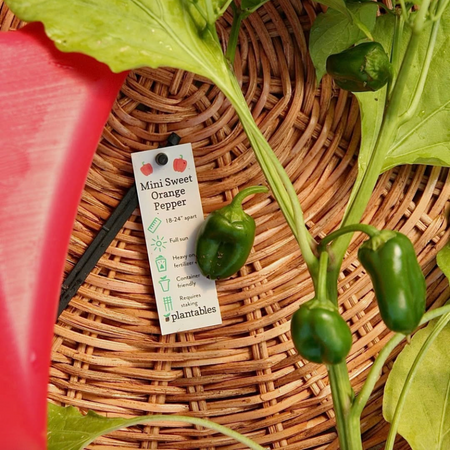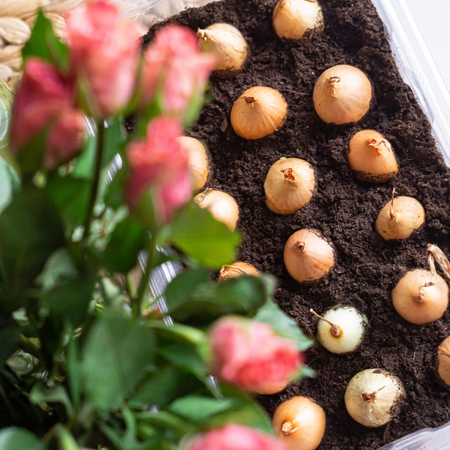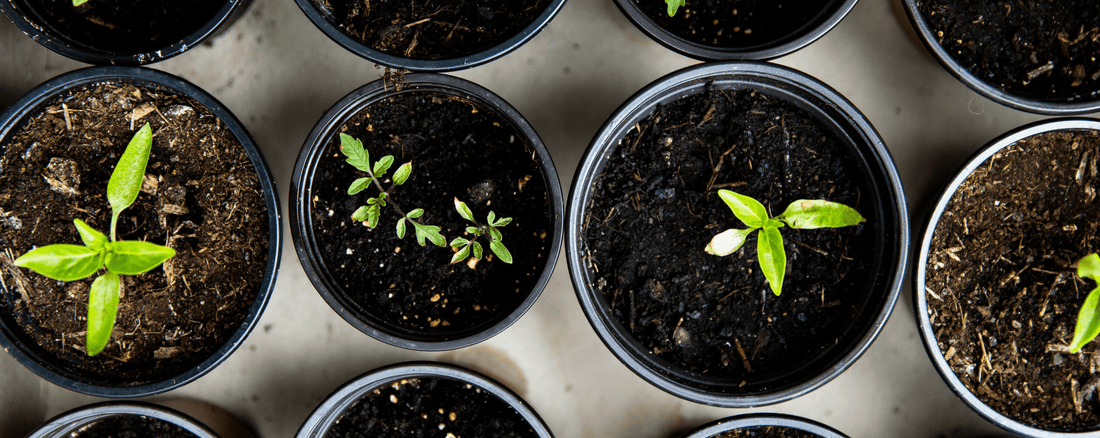Starting a garden may feel like a daunting, overwhelming, or confusing task for beginners - but we’re here to help! Choosing the right plants is the easiest way to set your garden up for success, and we have the easiest plant recommendations for beginners.

Basil
If you love cooking, basil is the perfect herb to start with. This versatile plant thrives in pots and garden beds with consistent sunlight and watering, and harvesting encourages new growth so the more you use, the more will grow!
For the best results, water regularly but avoid waterlogged (overflowing) soil. Place in a sunny area that provides at least 6 hours of light daily. Finally, pinch off flower buds to help promote leaf growth.

Hostas
Hostas are low-maintenance and are extremely hardy, making them ideal for beginners. With minimal effort, these plants will return each year and make perfect additions to shady areas in your garden where many plants cannot be planted.
For the best results, plant in rich, well-drained soil and water regularly to maintain moist soil. To further retain moisture and prevent weeds, apply mulch around the plant. When planting, leave adequate space for hostas to grow as they spread as they mature.

Pothos
This gorgeous and easy maintenance indoor plant remains a beginner fan favourite as it thrives on neglect, rather than regular care. It needs very little to no maintenance and provides versatile decor to any indoor space with its trailing vines, shown beautifully when placed in hanging baskets or on shelves.
For the best results, place in indirect sunlight, although this plant can still grow in low light. Only water when the top inch of the soil feels dry, and occasionally prune if you wish to encourage fuller growth for a better visual appeal.

Mint
Mint is a hardy herb that makes for a delicious addition to teas, desserts, and cocktails. It requires regular watering and pruning, but is otherwise a simple and easy to care for plant.
For the best results, mint is best grown in containers and frequently trimmed, as it can easily spread if left unchecked. This plant thrives best in partial to full sunlight and rich, moist soil, so it is also important to keep the soil damp with consistent watering.

Black Eyed Susan
These daisy-like yellow flowers are easy to grow, hardy, low-maintenance, and versatile. For new gardeners, this is a reliable and beautifully rewarding plant that can brighten and bolden any garden space for a long period of time, as it blooms from mid summer all the way to early fall. It also attracts pollinators such as bees and butterflies, and is resistant to deers, rabbits, and pests.
For the best results, plant in an area with full sun as these blooms need at least 6 hours of direct light each day. They can grow with partial shade, but produce less flowers. Black Eyed Susan’s are also very drought tolerant, so they only need occasional watering. It is best to water them deeply once a week with well-drained soil and avoid water logging.
Some additional tips and tricks to keep this plant flowering is to focus on the flower heads! To encourage consistent blooms throughout the season, remove spent flower heads and if you wish to allow the plant to self-sow for the next year, let some see dreads remain at the end of growing season and it’s growth process will carry on self-sufficiently.

Spider Plant
The spider plant is a simple yet striking indoor plant that can thrive in many different conditions, making it an easy to care for choice for many beginner plant lovers. While it asks for little care, it provides huge benefits, as it’s also known for its air-purifying qualities.
For the best results, plant these in a pot with drainage holes and a location that provides bright and indirect sunlight. Water only when the soil feels dry and avoid overwatering or water logging.
----------------------------------------------------------------------------------------------------------------
Starting with these beginner-friendly plants can build your confidence and help you develop a green thumb. Remember, every plant has its own needs, so observe and adjust as you go. Gardening is as much about learning and experimenting as it is about enjoying the beauty of nature.
